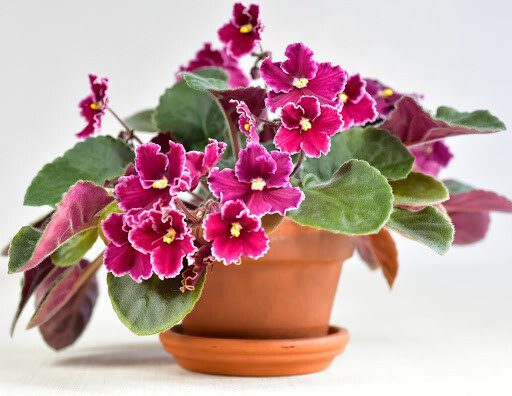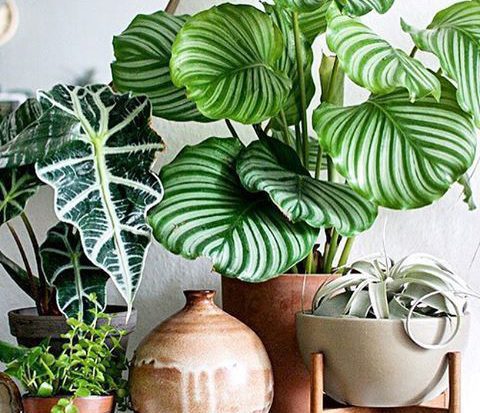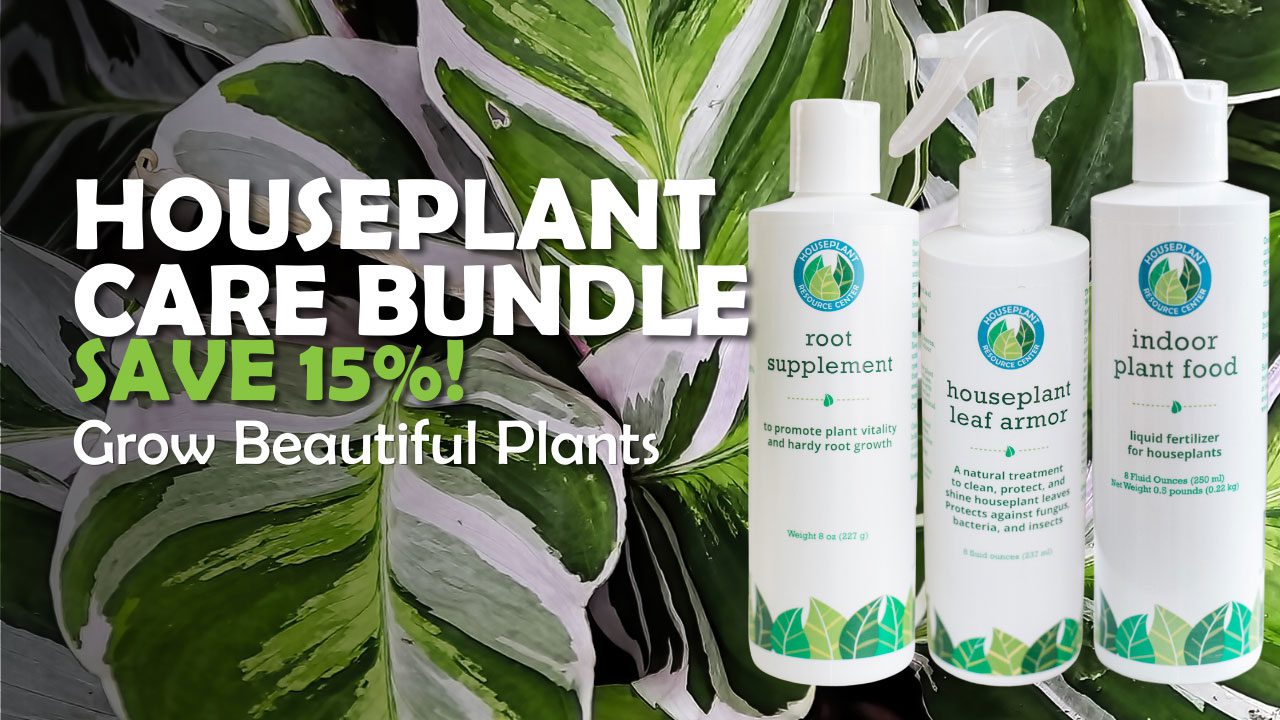African violets are beautiful houseplants that can add bright, cheerful color to your space year-round! These stunning plants are also non-toxic, so they’re safe if you have pets or children. It’s no wonder they’re so popular!
African violets have distinct, fuzzy leaves, and the flowers come in an array of different shades of pink and violet, some with bits of white as well, and you might find yourself wanting to collect them all. While they’re not the easiest plants for true beginners, a houseplant parent with a little experience should have no trouble caring for these gorgeous plants and keeping them in bloom.
Let’s take a closer look at how to care for African violets so you can add a cheery splash of life and color to your space.
Table of Contents
Soil and Potting
Plant your African violet in a pot with excellent drainage and a light, airy potting mix. We recommend a 50/50 blend of perlite and indoor potting mix. Choose a pot that’s just an inch or two wider than the roots of the plant.
Light
Like many houseplants, African violets like bright, indirect sunlight. Make sure the sun’s rays never shine directly on the leaves or flowers, because this can cause them to burn and shrivel up.
Try placing the plant near an east- or south-facing window, but not so close that it’s ever in direct sunlight. Make sure to rotate the pot about a quarter turn each week so all areas of the plant get some light exposure.
These plants also need 14-16 hours of sunlight and a solid 8 hours of darkness per day in order to flower. If you aren’t able to provide that much sunlight naturally, you’ll want to supplement with full-spectrum grow lights mounted about 1.5 feet above the top of the plant. If you aren’t able to naturally provide 8 hours of darkness, you can cover the plant with a box that has some holes punched in it for air circulation.
Water
African violets do best with evenly damp (but not soggy) soil. When the top inch or two of soil is dry to the touch, water until the pot just starts to drain. Avoid getting water on the leaves or flowers, and you can even bottom water these plants for up to a half-hour.
Use room-temperature water that has been sitting out for at least 8 hours to allow chlorine and other chemicals to dissipate.
Fertilizer
The right nutrient balance helps African violets grow and flower. Indoor Plant Food is perfect for this, and it’s gentle enough to use with each watering. That means you don’t even have to remember a fertilizing schedule! I just add a little to my watering can each week when I make my rounds, and all my plants (including my African violets) love it.
Humidity/Temperature
African violets originate from the forests of eastern Africa, so they like fairly warm, humid conditions. They’ll do best in a temperature around 70 degrees (aka average room temperature) and most normal indoor humidity levels. But during the winter, and especially if you live in a dry area, you may want to set up a humidifier nearby or place your African violets, pot and all, on a shallow tray of pebbles and water. As the water evaporates, this will create some humidity around your plant to keep the leaves and flowers nice and soft.
And whatever you do, keep your African violets away from drafts, AC or heating vents, space heaters, and fireplaces. Their leaves will dry right out and possibly scorch or freeze. These conditions are very stressful to the plant, and that kind of stress will prevent them from flowering.
How to Keep African Violets Blooming Year-Round
African violets can bloom throughout the year, but sometimes they need a little extra coaxing! Here are a few tricks to keep your plant in bloom.
Pinch off dead blossoms.
For many flowering plants, its entire goal in life is to bloom and then die off. You may find that your African violet is covered in beautiful flowers when you first buy it, but then the flowers die and don’t grow back!
Once a flower starts to die, simply pull it off the plant. This will prompt the plant to grow more flowers, because after all, that’s its purpose! It wants to complete its life cycle, so it will continue to flower. This also diverts more energy to the rest of the plant to grow more flowers instead of maintaining dying ones.
Dial in your light exposure.
As I mentioned before, African violets need 14-16 hours of bright, indirect sunlight and 8 hours of darkness each day in order to flower. Keep an eye on your lighting conditions, and if they don’t seem to be meeting these requirements, supply more light or darkness with grow lights and/or a cover. Make sure you’re rotating your plant regularly as well.
Check your heat and humidity.
If your African violet plant is sitting next to a cold window or if the general temperature of your room is below 70 degrees, you might want to turn up the heat a few degrees (but keep your plant away from the vents, and think about supplying extra humidity) or get it away from drafts. It needs to be warm and moist in order to bloom!
Provide nutrients.
If you’ve had your plant for a few months, chances are that it’s already used up the nutrients in its potting soil and will need more! Fertilize regularly with Indoor Plant Food to provide the minerals necessary for flowering.
That’s it! African violets can be a joy to care for and a beautiful plant to have in your home. Once you get the hang of caring for them and helping them flower, they just might become your new favorite houseplant!
If you’ve fallen in love with African violets, learn more about caring for these beautiful plants over at African Violet Resource Center. You’ll be an African violet pro in no time with these resources and products!




